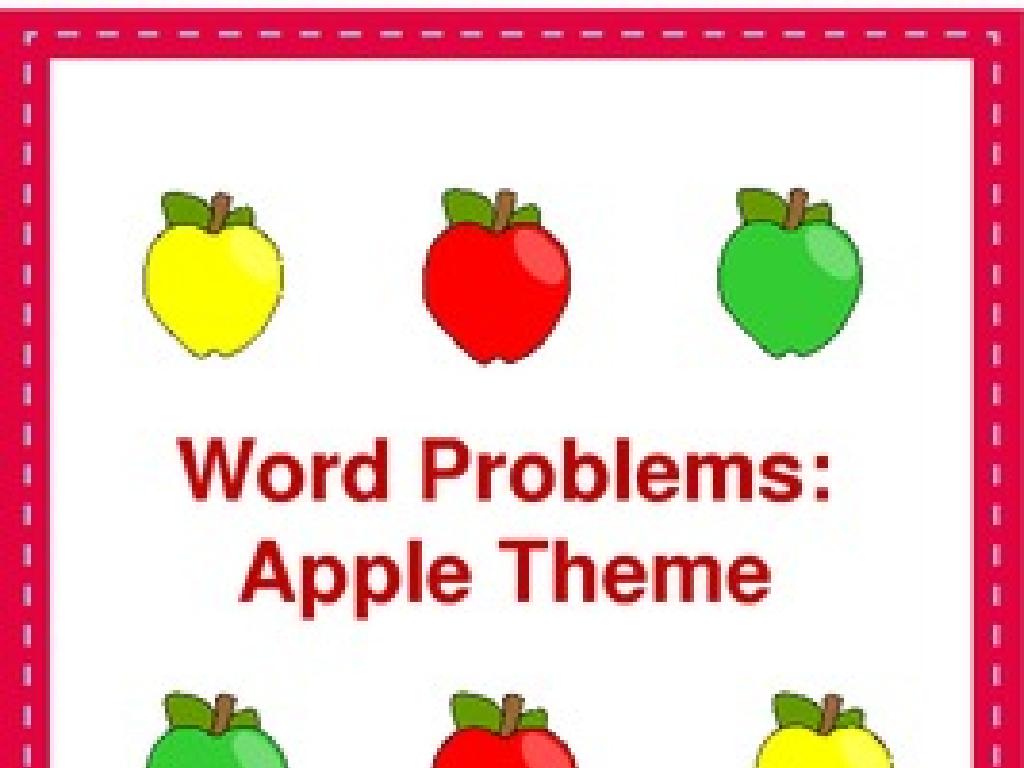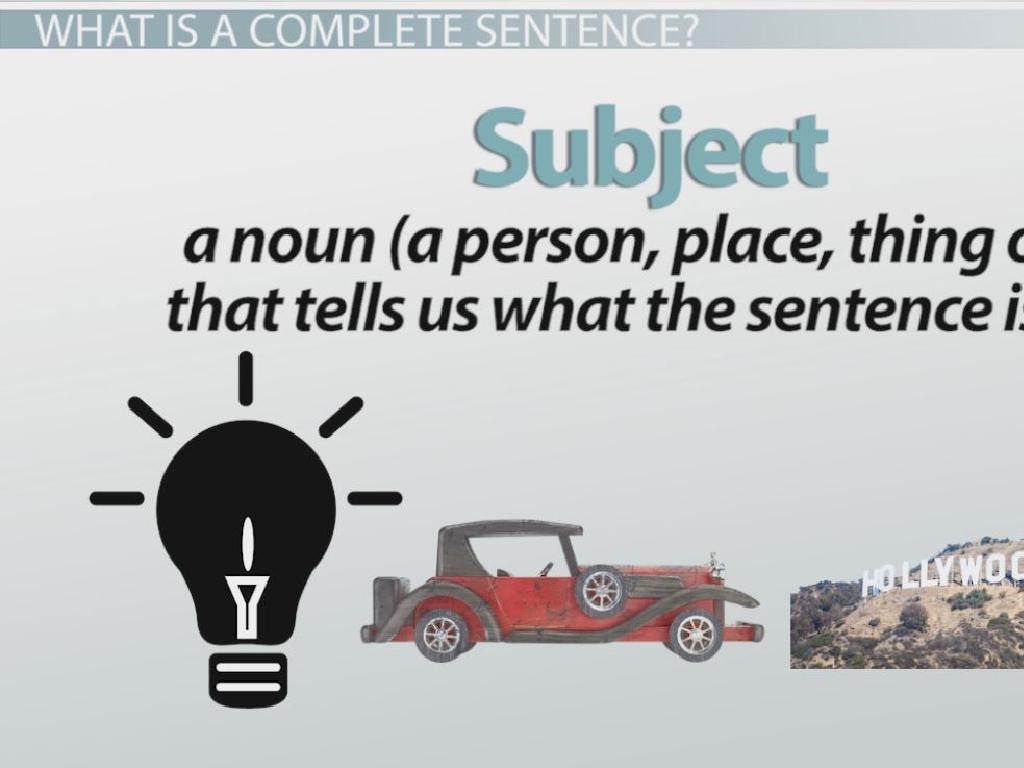Which Could Happen In Real Life?
Subject: Language arts
Grade: First grade
Topic: Reality Vs. Fiction
Please LOG IN to download the presentation. Access is available to registered users only.
View More Content
Reality vs. Fiction: Understanding the Difference
– Learn about real life vs. story
– Examples of real things
– Things we see around us like cars, animals, and family
– Examples of story things
– Dragons, unicorns, and superheroes from our favorite books
– Discuss what’s real and what’s not
|
Begin the class with a warm greeting and introduce the concept of reality versus fiction. Explain that some things we see and experience every day are real, while others are part of the amazing stories we read or watch. Encourage the children to think of examples of real-life objects and fictional characters or elements. Use this opportunity to spark a discussion and allow the students to differentiate between what can actually happen and what is part of imaginative storytelling. This will help develop critical thinking skills and understanding of the world around them.
Understanding Reality: What Can Really Happen?
– Reality is real-life events
– Examples: School and playtime
– Going to school or playing in the park are things we do
– Real animals we know
– Dogs and cats are pets we can touch and see
– Imagining vs. Real happenings
– Stories can have make-believe, but reality is what truly can happen
|
This slide introduces the concept of reality to first graders by explaining that reality consists of things that can actually happen or exist. Use relatable examples like going to school or playing with friends to illustrate real events. Discuss familiar animals like dogs and cats to differentiate between real and fictional creatures. Emphasize the difference between imagining something, like a story with dragons, and things that can really happen in our lives. Encourage students to share their own examples of real events and real animals they have experienced. This will help them grasp the concept of reality versus fiction.
Understanding Fiction: Make-Believe Stories
– Fiction is make-believe
– Talking animals in stories
– Animals don t chat like us, but in fiction they can!
– Magical powers are pretend
– Magic is fun in stories, but not real
– Unicorns are from fairy tales
– Unicorns are magical horses only in stories
|
This slide introduces the concept of fiction to first graders, emphasizing that fiction is all about make-believe and imagination. It’s important to explain that while these elements can be found in stories, they do not exist in real life. Use examples that are familiar to children, such as talking animals from their favorite cartoons or magical powers from fairy tales they have heard. Encourage the students to think about their favorite fictional characters and what makes them special, while also understanding that these are creations of storytelling and not real-life entities.
Real Life or Story? Let’s Play a Game!
– Can we ride bikes in real life?
– Yes, riding a bike is something we can really do!
– Do cats have wings to fly in stories?
– In stories, cats might fly, but not in real life.
|
This slide is part of an interactive game designed to help first graders differentiate between events that can occur in real life and those that are fictional. The teacher will say a scenario, and the students will decide if it’s possible in real life or if it only happens in stories. For example, riding a bike is a common real-life activity, while a cat flying with wings is a fun idea that we might find in a storybook. This activity encourages students to use their understanding of the world around them to distinguish between reality and fiction. It also helps develop critical thinking skills as they assess the plausibility of different scenarios. The teacher should be prepared to guide the discussion and provide further examples if needed.
Why Do We Tell Stories?
– Stories spark our imagination
– Stories are fun and exciting
– They teach us important lessons
– Like sharing is caring or being brave
– Stories help us understand feelings
– When characters are happy or sad, we feel it too
|
This slide aims to explain to first graders the importance of storytelling. Emphasize that stories are a way to explore new worlds and ideas beyond our own experiences. They are not just for entertainment; they also carry valuable lessons about life and help us to express and understand our emotions. When discussing the slide, use examples of familiar stories and ask the children how those stories made them feel or what they learned. Encourage them to think about their favorite story and share what they like most about it.
Story Circle Time: Real or Make-Believe?
– Sit in a circle with friends
– Tell a short story one by one
– Decide if it’s real or pretend
– Is your story something that could really happen, or is it fantasy?
– Listen and wait for your turn
|
This class activity is designed to help first graders understand the difference between reality and fiction. Each student will have the opportunity to tell a short story and classify it as either a real event that could happen in life or a made-up tale from their imagination. The teacher should facilitate the circle, ensuring that each child has a chance to speak and that the rest of the class is listening respectfully. Possible activities could include a student telling a story about their pet doing something funny (real) or a tale of a unicorn adventure (make-believe). Teachers should prepare to guide students who are unsure about their story’s classification and encourage them to think critically about the elements of their story that signal whether it’s real or fictional.






